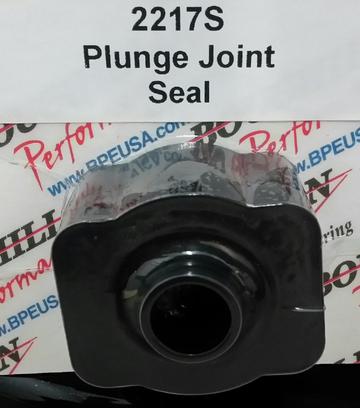Another issue with these rebuilds, covered in other posts, is the reverse switch plastic post (part number 2880948 for '67, 2883211 for '68/later) that is one-use. I believe a great replacement is a 1" long 3/8" O.D. cylindrical female (internal) threaded spacer (the existing hole is 1/4" so you need a bit more diameter on the spacer) and a 1" 10-32 low head profile machine screw. There is plenty of room to install this before the steering shaft is put back into the housing tube (screw is 1" long, I.D. of housing tube is 34 mm). I plan to add some green thread locker after it is installed, you can do that from the open end of the spacer onto the end of the machine screw. Simple fix.
I note that that plastic post was centered in the slot/opening so it hit the switch post properly - but when the housing tube's bottom flange is properly seated against the plastic bottom bearing bushing that post actually scrapes against the bottom edge of that slot. Which means that housing tube's flange was not fully seated against the plastic bearing housing (though the tube did extend and center in the bushing). I may shorten that tube a bit so its flange seats properly against the face of whatever bushing I fabricate for the ER 16 bearing. As I mentioned, I can use the existing plastic one if I bore it out to 52 mm I.D. for the bearing, but it can't be bored all the way through as that tube (35mm O.D.) has to seat/center into the other side of it. I may just fabricate a metal bushing from some pipe and weld a 35 mm I.D. washer on the side opposite the bearing to seat that housing tube. I'll post pics of whatever I end up doing.
I note that that plastic post was centered in the slot/opening so it hit the switch post properly - but when the housing tube's bottom flange is properly seated against the plastic bottom bearing bushing that post actually scrapes against the bottom edge of that slot. Which means that housing tube's flange was not fully seated against the plastic bearing housing (though the tube did extend and center in the bushing). I may shorten that tube a bit so its flange seats properly against the face of whatever bushing I fabricate for the ER 16 bearing. As I mentioned, I can use the existing plastic one if I bore it out to 52 mm I.D. for the bearing, but it can't be bored all the way through as that tube (35mm O.D.) has to seat/center into the other side of it. I may just fabricate a metal bushing from some pipe and weld a 35 mm I.D. washer on the side opposite the bearing to seat that housing tube. I'll post pics of whatever I end up doing.
Last edited:

















